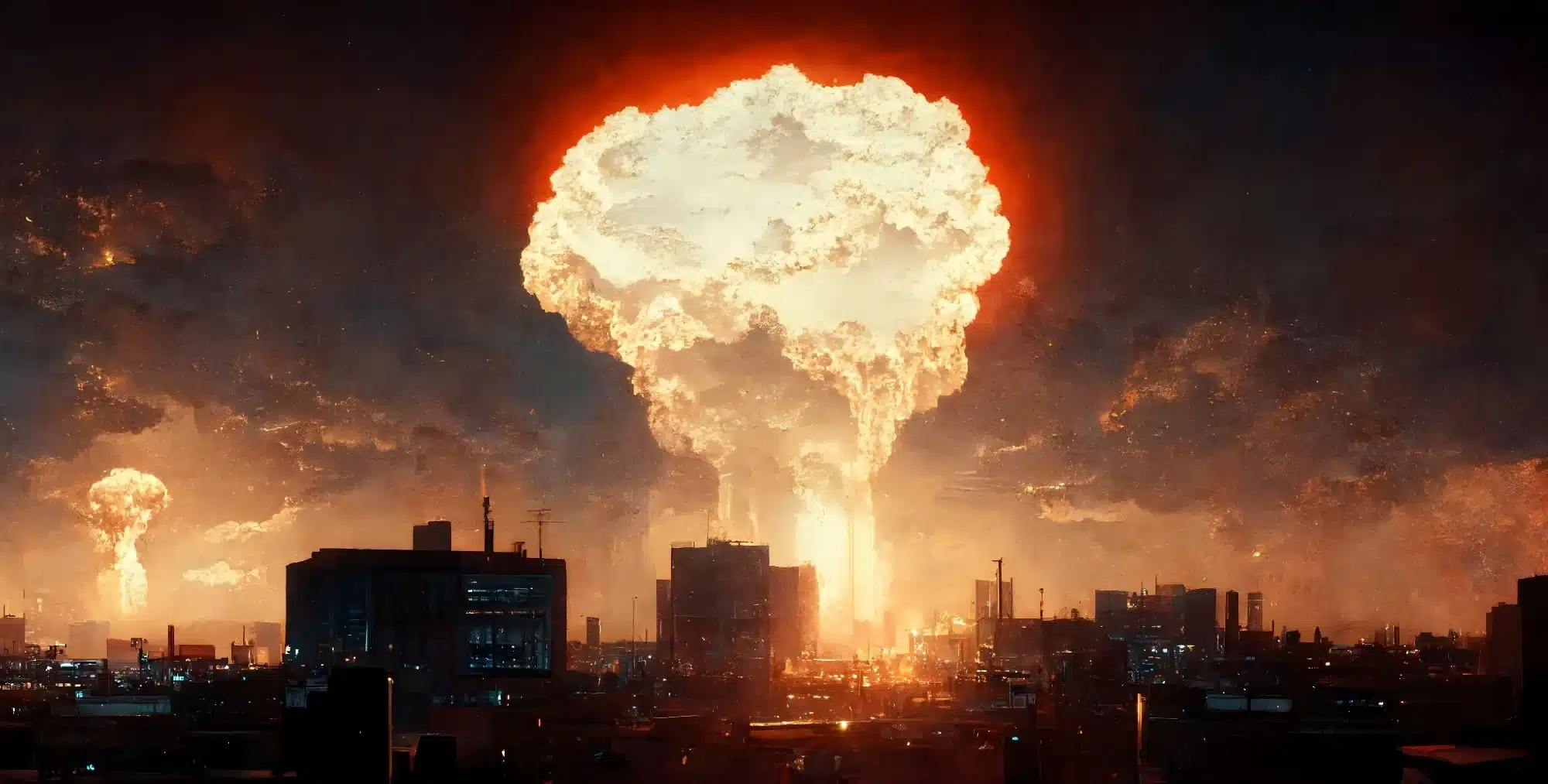Tackling Nuclear Disasters

As part of its ongoing commitment to nuclear safety, the National Disaster Management Authority (NDMA) has outlined a comprehensive response plan for nuclear emergencies. This plan, integrated into the National Disaster Management Plan (NDMP) of 2019, emphasizes the role of the Department of Atomic Energy (DAE) as the nodal agency responsible for managing crises related to nuclear and radiological incidents. The NDMA’s strategy includes detailed emergency preparedness and response (EPR) protocols for various types of nuclear emergencies, ensuring that local authorities are equipped to handle potential disasters effectively.
Emergency Preparedness Framework
The NDMA’s response plan categorizes nuclear emergencies into three distinct types: Plant Emergency, Site Emergency, and Off-Site Emergency. A Plant Emergency refers to incidents occurring within the nuclear facility, while a Site Emergency encompasses broader issues affecting the immediate vicinity. Off-Site Emergencies, although rare, involve significant releases of radioactive materials or hazardous chemicals that could impact the public. In such cases, immediate intervention is critical to safeguard public health and safety.
To operate a Nuclear Power Plant (NPP), having a robust Emergency Preparedness and Response (EPR) plan is mandatory. Each NPP must develop its EPR plan, which is then coordinated with local District Administration and the District Disaster Management Authority (DDMA). This collaboration ensures that response actions are well-prepared and align with the guidelines set forth by the NDMA. To enhance preparedness, the Atomic Energy Regulatory Board (AERB) is developing new systems for conducting off-site emergency exercises, focusing on various aspects of emergency management.
Training and Capacity Building Initiatives
Recognizing the importance of training, the NDMA has implemented several initiatives to prepare stakeholders for potential nuclear emergencies. Police personnel, as key stakeholders in the emergency response framework, receive regular training to ensure they are equipped to handle crises effectively. Additionally, the NDMA is conducting a one-day program on Chemical Biological Radiological and Nuclear (CBRN) awareness at seven nuclear plant sites, aimed at building capacity among all relevant stakeholders.
To further bolster emergency response capabilities, the NDMA has distributed specialized instruments, including Go-No-Go instruments, dosimeters, and survey meters, to police stations across 56 cities. These tools are essential for identifying orphan sources related to nuclear and radiological emergencies. Furthermore, the NDMA has organized 38 training courses focused on CBRN emergencies at airports and seaports, successfully training over 1,500 personnel to respond to such incidents.
Healthcare Preparedness and Training
The Ministry of Health & Family Welfare is also playing a crucial role in preparing healthcare professionals for nuclear emergencies. Under the Central Sector Scheme ‘Health Sector Disaster Preparedness and Response’ for 2021-26, the ministry has approved skill-based training for doctors involved in managing radiological and nuclear emergencies. This initiative targets healthcare providers in cities vulnerable to terrorism and those with existing CBRN infrastructure projects.
Training workshops are being conducted across seven Nuclear Power Plants (NPPs) nationwide, with a total of 991 healthcare personnel trained from 30 states and Union Territories since 2021. The importance of timely medical responses in treating radiation-induced symptoms is emphasized, with major hospitals in cities like Delhi, Mumbai, Hyderabad, and Chennai forming part of the Radiation Emergency Medical Networks under the DAE. Periodic workshops on medical management of nuclear emergencies are also organized to enhance the capacity of medical professionals.
Robustness of Current Emergency Plans
The existing Emergency Preparedness and Crisis Management (EPR/CMP) plan has been developed collaboratively by the Nuclear Power Corporation of India (NPCIL), DAE, and DDMA, under the guidance of the NDMA. According to the Minister of State in the Ministry of Home Affairs, Shri Nityanand Rai, there is currently no need to modify the existing EPR plan based on Korea’s Act on Radiation Disaster. This assertion underscores the confidence in the robustness of India’s current emergency response framework, which is designed to effectively manage nuclear and radiological emergencies while ensuring public safety.
Observer Voice is the one stop site for National, International news, Sports, Editor’s Choice, Art/culture contents, Quotes and much more. We also cover historical contents. Historical contents includes World History, Indian History, and what happened today. The website also covers Entertainment across the India and World.

